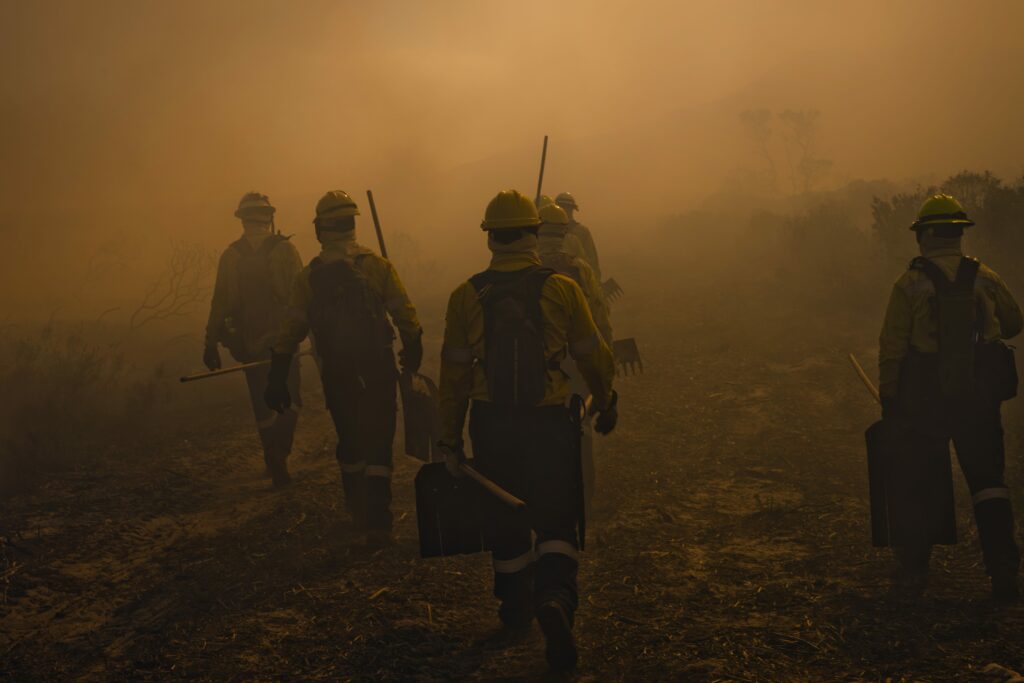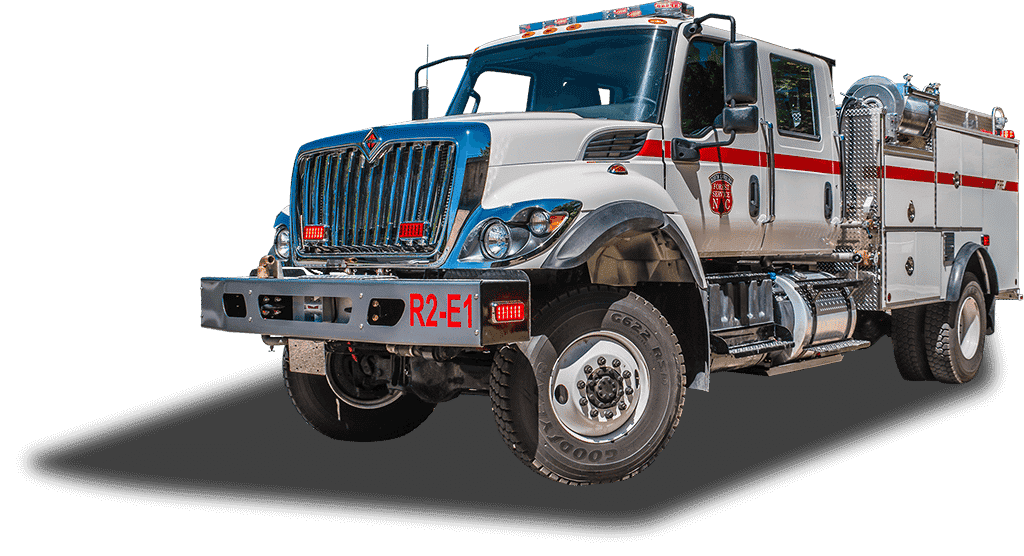California’s “New Normal” Demands New Staff and New Strategies in 2018
 Some of the biggest headlines of late show that California has been on fire near continuously over the past couple of months. Agencies such as CAL Fire and the Forestry Service have beefed up their staffing in the face of these unprecedented blazes. The staffing increase is especially underway in Southern California in the face of strong winds and continuous dry conditions throughout the recent fire season. Coupled with the extent of the burnt scrub and bushes from past fires, these blazes have already chewed up hundreds of thousands of acres and destroyed thousands of structures. In response to these fires, as well as in handling the aftermath with recent flooding and mudslides, various fire and forestry agencies have stepped up their hiring efforts. As these intense blazes become more aggressive, sufficient personnel will be needed to respond to these emergencies with equal aggression. Still, even with an influx of new personnel for these suppression and prevention agencies, many fireground operators believe a new set of tactics will be required to have a chance at containing blazes in the future, as scientists predict the worst is yet to come. While the work of fire suppression will largely remain the same, there will still need to be some adaptation to the fact that these fires not only spread quicker, but they also manage to threaten residential and commercial areas more frequently. What does this mean? The concentration of new thinking has to be in the prevention of fires. Public outreach is necessary, of course, since people still like to play with matches; but there must be a more comprehensive effort and cooperation between all involved for any of this to be effective. For instance, the decline of the timber industry and the hesitancy to allow some fires to burn out naturally (mostly because they eventually spiral out of control and threaten people and their structures) has led to an abundance of forest land that’s all set and ready to burn, especially now that it’s been so dry over the past few years throughout the western states. Revised thinking on how to balance the health of forests against preservation of human development in and near these forests is crucial. State and local governments have to play a part as well to enact some tough legislation that may not be very popular with proponents of growth and expansion for their businesses and communities. And some of this is already happening. Case in point is California’s investigation into utility giant PG&E and their culpability in last October’s fires that ravaged Wine Country. This may result in stricter regulations for care and maintenance of power lines, especially in remote areas and parts of the state that are newly designated as particularly hazardous. Other efforts may include restricting new developments into forests and hazardous zones entirely, or at least to hold off until certain conditions of fire preparedness and budget are met. Finally, state governments need to understand the fiscal strain this “new normal” will inflict on their budgets and be prepared for it. As insurance claims skyrocket amidst this latest round of fires and blazes, there will no doubt be an outcry from the insurers themselves, which will likely spark the political will and prompt more responsible planning and budgeting in the future for these threatened areas. Hopefully they’ll understand the pressing need to address these inevitabilities. As California Governor Jerry Brown stated, this is the new normal. The new normal is much hotter, and fires burn more ferociously than in the past. An effective response necessitates new thinking and new strategies from all corners of civic and public service.
Some of the biggest headlines of late show that California has been on fire near continuously over the past couple of months. Agencies such as CAL Fire and the Forestry Service have beefed up their staffing in the face of these unprecedented blazes. The staffing increase is especially underway in Southern California in the face of strong winds and continuous dry conditions throughout the recent fire season. Coupled with the extent of the burnt scrub and bushes from past fires, these blazes have already chewed up hundreds of thousands of acres and destroyed thousands of structures. In response to these fires, as well as in handling the aftermath with recent flooding and mudslides, various fire and forestry agencies have stepped up their hiring efforts. As these intense blazes become more aggressive, sufficient personnel will be needed to respond to these emergencies with equal aggression. Still, even with an influx of new personnel for these suppression and prevention agencies, many fireground operators believe a new set of tactics will be required to have a chance at containing blazes in the future, as scientists predict the worst is yet to come. While the work of fire suppression will largely remain the same, there will still need to be some adaptation to the fact that these fires not only spread quicker, but they also manage to threaten residential and commercial areas more frequently. What does this mean? The concentration of new thinking has to be in the prevention of fires. Public outreach is necessary, of course, since people still like to play with matches; but there must be a more comprehensive effort and cooperation between all involved for any of this to be effective. For instance, the decline of the timber industry and the hesitancy to allow some fires to burn out naturally (mostly because they eventually spiral out of control and threaten people and their structures) has led to an abundance of forest land that’s all set and ready to burn, especially now that it’s been so dry over the past few years throughout the western states. Revised thinking on how to balance the health of forests against preservation of human development in and near these forests is crucial. State and local governments have to play a part as well to enact some tough legislation that may not be very popular with proponents of growth and expansion for their businesses and communities. And some of this is already happening. Case in point is California’s investigation into utility giant PG&E and their culpability in last October’s fires that ravaged Wine Country. This may result in stricter regulations for care and maintenance of power lines, especially in remote areas and parts of the state that are newly designated as particularly hazardous. Other efforts may include restricting new developments into forests and hazardous zones entirely, or at least to hold off until certain conditions of fire preparedness and budget are met. Finally, state governments need to understand the fiscal strain this “new normal” will inflict on their budgets and be prepared for it. As insurance claims skyrocket amidst this latest round of fires and blazes, there will no doubt be an outcry from the insurers themselves, which will likely spark the political will and prompt more responsible planning and budgeting in the future for these threatened areas. Hopefully they’ll understand the pressing need to address these inevitabilities. As California Governor Jerry Brown stated, this is the new normal. The new normal is much hotter, and fires burn more ferociously than in the past. An effective response necessitates new thinking and new strategies from all corners of civic and public service.
Get in Touch
Fields marked with an asterisk (*) are required.



